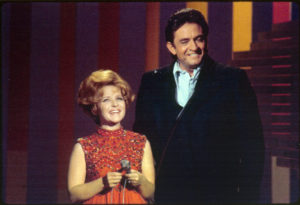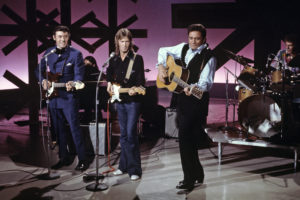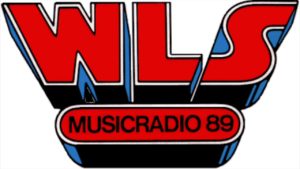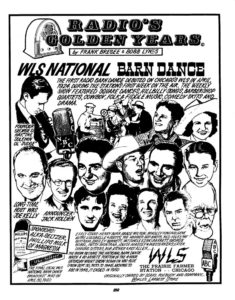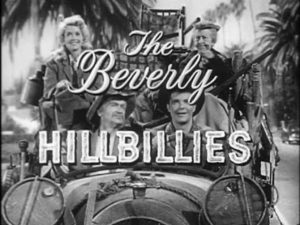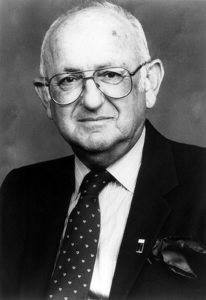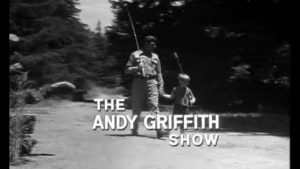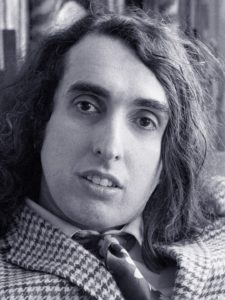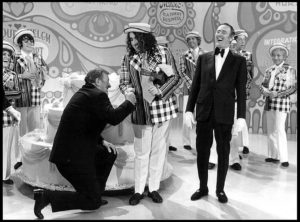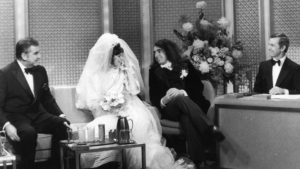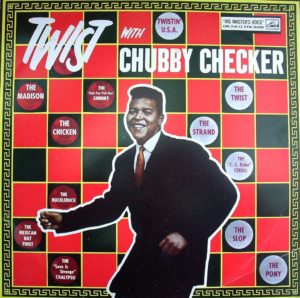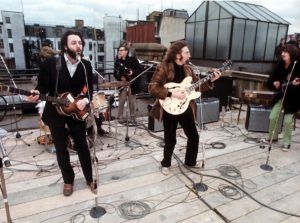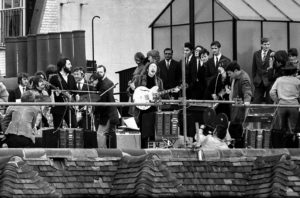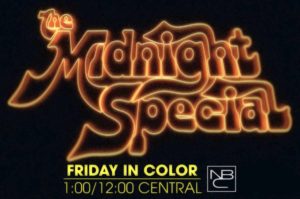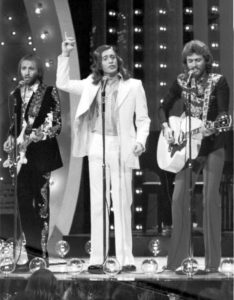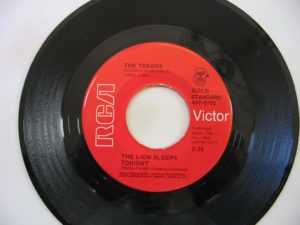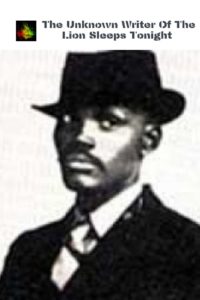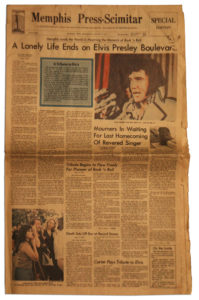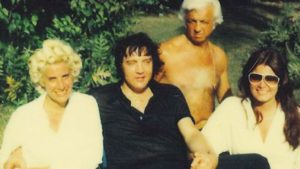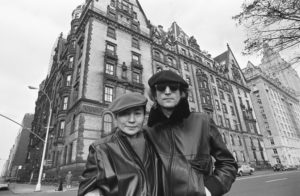
We younger Boomers remember the assassinations of the 60’s, but we were really too young to be touched by them. I remember my parent’s agonized reactions to JFK, Bobby, and MLK, but my reaction was more of amazement than sorrow.
The 70’s were blissfully free from the types of high-profile assassinations that plagued the 60’s, but it wasn’t without trying. President Ford survived two attempts, but nobody died.
That all came crashing to a halt the evening of December 8, 1980.
A lot of the nation was watching Monday Night Football when Howard Cosell broke into the broadcast to announce that John Lennon had been killed. I was watching MASH, so I learned through a news bulletin.
Now I knew how my parents felt in the 60’s.
I reached up and turned off the television and put John’s Plastic Ono Band on the stereo. John had just released one of his most commercially and critically successful albums, Double Fantasy, and had just appeared on Rolling Stone’s cover (naked, of course). It looked like the 80’s would prove to be an artistically productive decade for my favorite Beatle.
And just like that, he was dead.
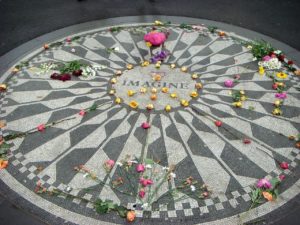
I had time to create pen-and-ink drawings back then, and over the next few days created a collage of images of Lennon. It was pretty good, but I have no clue what ever became of it.
John had long been a thorn in the side of conservative politicians, being an outspoken critic of ANY war, but particularly the one in Vietnam. Richard Nixon, whose paranoia led to his infamous enemy lists, was a foe of Lennon’s protests. The US had used a drug conviction to deny him citizenship, most likely in retaliation. But they finally relented in 1976, and John became a model citizen.
Little was heard of Lennon for a while. He took out a full page ad holiday greetings ad in the New York Times about 1978 or so which seemed to hint to fans of a Beatles reunion. But remember, these were the same fans who were convinced that Paul was dead.
In 1980, Lennon and his wife released their joyful celebration of family life, the previously mentioned Double Fantasy. Now we knew what they had been up to during those quiet years, raising kids!
John’s death deeply touched many Boomers, including Paul Simon, who penned these poignant words in his song “The Late Great Johnny Ace”:
On a cold December evening
I was walking through the Christmas tide
When a stranger came up and asked me
If I’d heard John Lennon died
And the two of us went to this bar
And we stayed to close the place
And every song we played
Was for The Late Great Johnny Ace
